Free vs Paid Business Tools: Which One Should You Use?
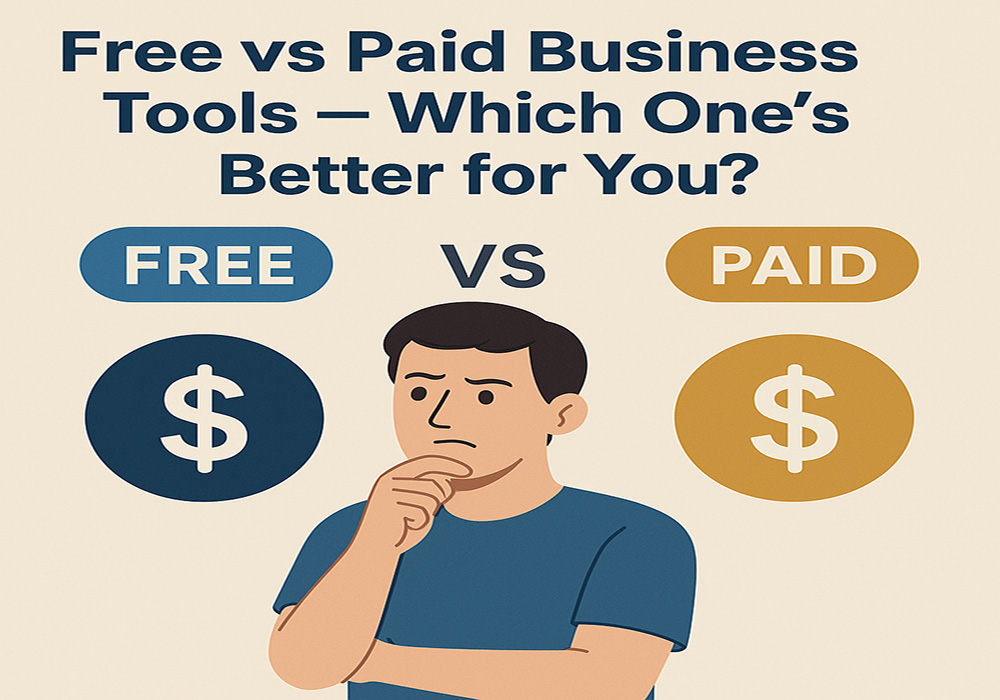
When I started my small business, I used free tools like Google Docs and Trello to save money. They worked fine at first, but soon I hit a wall. I didn’t know if I should pay for business software or stick with the free stuff. Picking the right tools can help you grow faster and save time. In this guide, we’ll look at the pros and cons of free vs paid business tools so you can choose what’s best for you.
Are free or paid business tools better?
Free tools are great for startups on a tight budget, but paid tools often provide more features, better support, and higher reliability. The best choice depends on your business size, needs, and long-term goals.
Are free business tools good for small businesses?
Yes! Free business tools are great for small businesses just getting started. They help you save money while testing ideas. But as you grow, free tools may feel limited, with fewer features and slower support.
Free Business Tools — Pros & Cons
Let’s be real — when you’re starting a small business, free feels like a gift. I remember using Google Docs, Canva, and Trello without paying a cent. It saved me in those early days when every dollar mattered.

Why free tools are great:
Free tools are perfect for beginners. You can test your ideas, run tasks, and send emails without risk. Tools like Trello Free and Mailchimp’s free plan help you get started with ease.
Free tools give you a safe way to start.
What to watch out for:
Most free tools have limits. You might get fewer features, less space, or no real support. I once needed help with Canva and had to wait days. It can be frustrating!
Free tools often miss key features you’ll need later.
They can slow you down:
As you grow, you may outgrow free tools. Some don’t work well with others. Some aren’t safe for storing private data.
Free software is great for now, but may not fit your future.
Still, if you’re on a tight budget and want to test your ideas, start free. Just know when to upgrade — your time and peace of mind are worth it.
Are free business tools good for small businesses?
Yes! Free business tools are great for small businesses just getting started. They help you save money while testing ideas. But as you grow, free tools may feel limited, with fewer features and slower support.
Free Business Tools — Pros & Cons
Let’s be real — when you’re starting a small business, free feels like a gift. I remember using Google Docs, Canva, and Trello without paying a cent. It saved me in those early days when every dollar mattered.
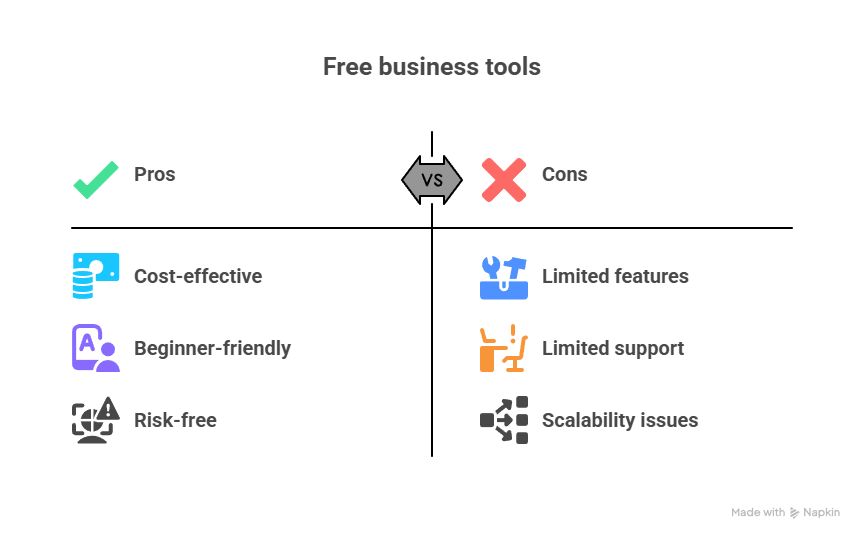
Top-Rated Business Management Tools
Paid Business Tools — Pros & Cons
Paid business tools offer great value, but only if they match your business needs and goals
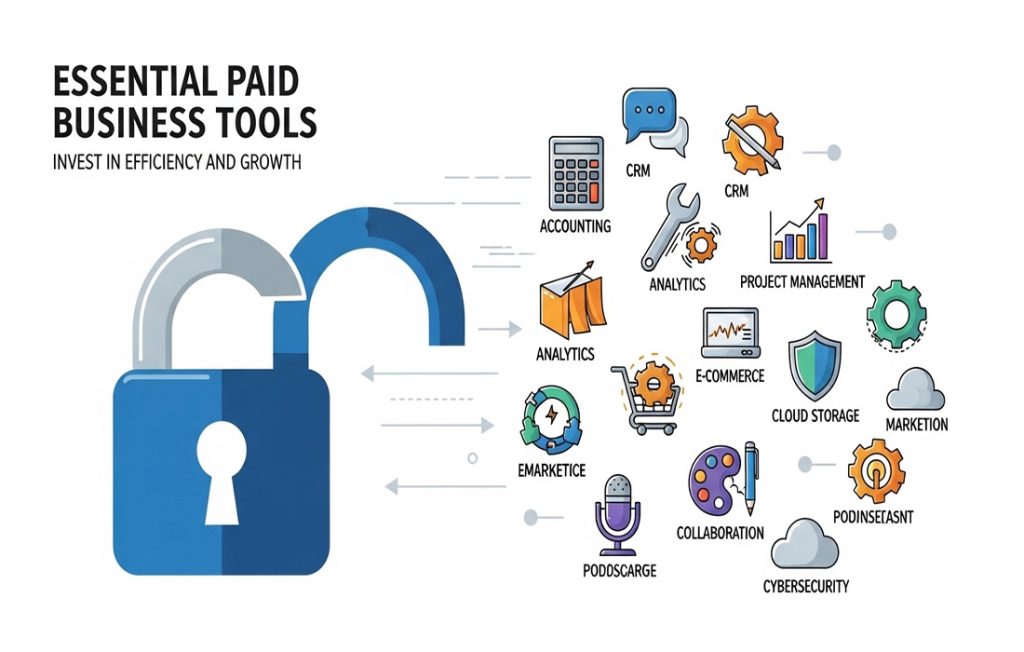
I’ll be honest — I was scared to pay for business software at first. Spending money felt risky. But after wasting hours trying to “make it work” with free tools, I took the leap. And wow, it changed everything.
Why paid tools are worth it:
Paid business tools often come with features that save you time. Tools like Notion Pro or QuickBooks give you full access — no locked options, no annoying limits. Plus, you get real customer support when things go wrong.
Paid tools help you work faster and grow smarter.
They grow with your business:
As your team and tasks grow, free tools can start to feel small. Paid tools are made to scale. You can add users, automate tasks, and connect with other apps easily. ClickUp Premium, for example, helped me organize projects across two teams — no mess.
Premium business tools are built for long-term growth.
But they’re not perfect:
Some paid tools can be pricey. And let’s be real — not every feature will be useful right away. Plus, there might be a learning curve at first. I once signed up for a fancy CRM and didn’t use half of it for months.
Paid software can be powerful, but only if you truly need it.
So, here’s the deal: if you’re wasting time doing the same tasks over and over, or your free tools keep holding you back — it might be time to invest. It’s not about spending more, it’s about working smarter.
Table showing the pros and cons of paid business tools for small businesses, highlighting features, cost, support, and scalability.
Pros & Cons of Paid Business Tools
| Pros | Cons |
| Full features and advanced tools | Monthly or yearly cost |
| Priority customer support | May take time to learn |
| Secure and reliable for growing teams | Might include tools you don’t need right now |
| Designed to scale with your business | Can feel overwhelming at first |
| Better automation and app integrations | Needs planning to avoid waste |
When to Start With Free Tools
If you’ve just launched your business, trust me — free tools are your best friends. You’re likely testing ideas, figuring things out, and money’s tight. In those early days, I survived on Google Drive, Trello, and Canva — and they did the job!
Free tools are perfect when you’re just starting out and don’t need all the bells and whistles.
If your tasks are simple — like sending emails, organizing notes, or tracking to-dos — you don’t need to pay yet. Keep it lean. And here’s my golden rule:
Start with free tools, then upgrade when you feel friction.
When you notice you’re wasting time or hitting limits often, that’s your cue to switch.

When Paid Tools Are Worth It
Picture this: You’re doing the same thing every week — sending emails, updating spreadsheets, copying data from one app to another. It eats your time. That’s when paid tools shine.
Paid tools are worth it when manual tasks start slowing you down.
When I switched to a paid CRM, it saved me over 10 hours a week. No joke. It handled emails, follow-ups, and customer notes — all in one place. If you’re managing a team or scaling fast, investing in software pays off.
If you’re growing fast and want to automate or collaborate better, go paid.
Free vs Paid Tools – Side-by-Side Table
Comparison table showing differences between free and paid business tools in terms of cost, features, support, and scalability.
| Feature | Free Tools | Paid Tools |
| Cost | $0 – Easy on budget | $$ – Monthly or annual plans |
| Features | Basic, limited options | Full access to advanced tools |
| Customer Support | Minimal or none | Fast, dedicated help |
| Scalability | Low – not great for growing teams | High – built for expansion |
| Integration Options | Few – may not sync with others | Many – connect to CRMs, automation, and more |
| Data Security | Low to medium | High – with backups and compliance |
Use this chart to decide which setup fits your current stage.
Table comparing free vs paid business tools based on cost, features, support, scalability, integrations, and security.
Tips for Choosing the Right Tool (Free or Paid)
Choosing tools doesn’t have to be overwhelming. Here are some simple tips to help:
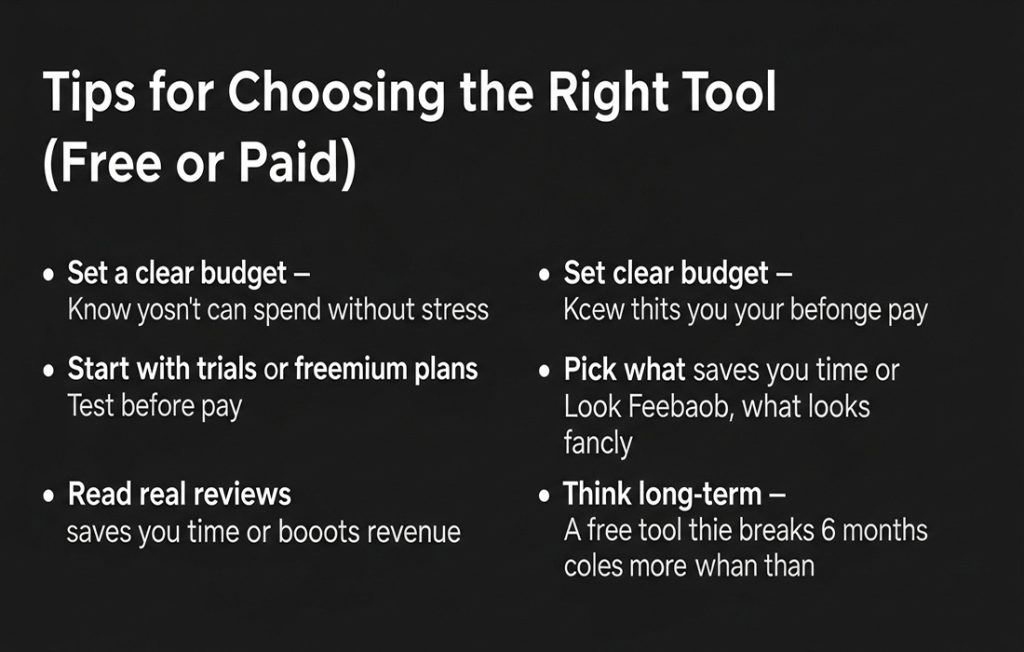
- Set a clear budget — Know what you can spend without stress.
- Start with trials or freemium plans — Test things before you pay.
- Read real user reviews — Look for honest feedback, not just marketing hype.
- Pick what saves you time or boosts revenue — Not just what looks fancy.
- Think long-term — A free tool that breaks in 6 months costs more than you think.
The best tool is the one that helps you work smarter, not harder.
My Personal Tech Stack (Free + Paid Combo)
People often ask me what I use, so here’s my current setup:
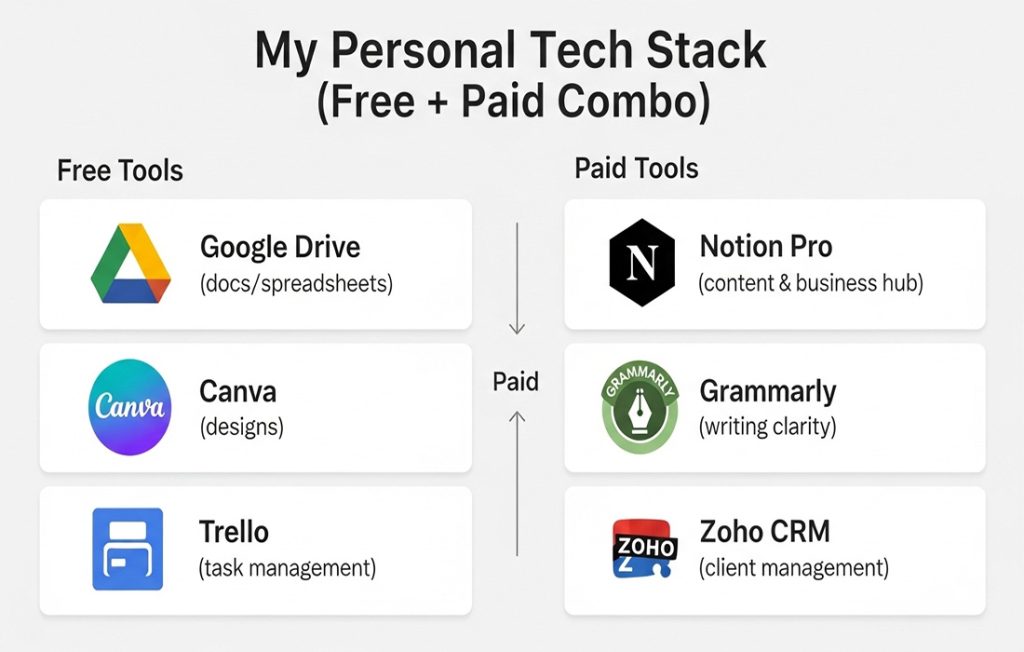
- Free Tools: Google Drive (docs/spreadsheets), Canva (designs), Trello (task management)
- Paid Tools: Notion Pro (content & business hub), Grammarly (writing clarity), Zoho CRM (client management)
This mix keeps my costs low while giving me the power I need.
Mixing free and paid tools lets me save money without sacrificing performance.
Final Verdict: Which One’s Better for You?
There’s no one-size-fits-all answer. And that’s okay.
If you’re just starting or testing ideas — go free.
If you’re growing fast, juggling tasks, or wasting time — paid tools will save your sanity.
The key is knowing when to switch. Let your needs — not trends — guide you.
Call to Action
Still not sure which tools are right for you? I’ve been there too.
Drop a comment or message me — I’d love to help you choose.
And hey, subscribe if you want more beginner-friendly business tips like this.
FAQs
1. What’s the difference between free and paid business tools?
Free tools offer basic features with no cost, while paid tools give you more power, support, and flexibility for growing businesses.
2. When should I switch from free to paid software?
Switch when free tools slow you down, limit features, or waste your time with manual work.
3. Are free tools safe for business use?
Free tools are safe for simple tasks but may lack strong security. Paid tools offer better protection and backups.
4. Can free tools handle team collaboration?
Free tools work for small teams, but paid tools offer better sharing, user roles, and integrations.
5. Will I outgrow free software quickly?
Yes, if your business grows fast or you need more features, support, or storage.
6. Do paid tools really save money in the long run?
Yes. They save time, reduce errors, and boost productivity — which often leads to higher profits.
7. Is free software good for testing ideas?
Absolutely. Free tools are great for trying ideas with no risk or upfront cost.
8. What features are locked in paid plans?
Paid plans unlock advanced features like automation, analytics, integrations, and extra users.
9. Can I start free and upgrade later?
Yes! Many tools let you start free and upgrade anytime without losing your data.
10. Should I pay if I only need a design tool?
Use free tools like Canva for basics. Upgrade if you need templates, brand kits, or better export options.



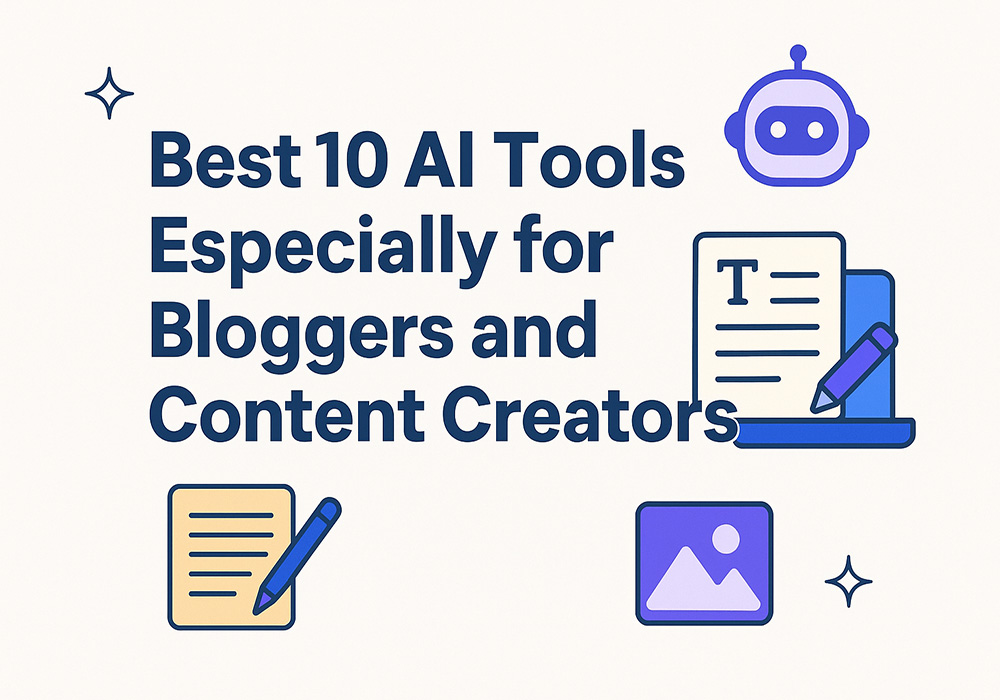
jt69g9
78nle5
https://shorturl.fm/lRH62
https://shorturl.fm/VpWQK
https://shorturl.fm/mtjO8
https://shorturl.fm/g6R5r
https://shorturl.fm/l7fAC
https://shorturl.fm/P04Uq
https://shorturl.fm/bwkxK
https://shorturl.fm/yHjRn
xzhowg
7vgo3z
https://shorturl.fm/HNdYQ
https://shorturl.fm/7DefW
https://shorturl.fm/iHSlK
https://shorturl.fm/u3WrV
https://shorturl.fm/Q4fSF
xnwixy
lud33l
uszguq
https://shorturl.fm/91aKU
https://shorturl.fm/OIl2G
0wz294
https://shorturl.fm/HAkvc
https://shorturl.fm/ircHf
d2typn
https://shorturl.fm/k3lzI
otxsno
https://shorturl.fm/MfGvK
a6dgmu
https://shorturl.fm/9f9IC
aqyawy
https://shorturl.fm/8BCfX
https://shorturl.fm/AV3cX
https://shorturl.fm/axTPt
https://shorturl.fm/831fl
https://shorturl.fm/Iatpq
https://shorturl.fm/TP2Fq
tnfdiw
https://shorturl.fm/qBSQj
https://shorturl.fm/HPvnI
wfb42v
https://shorturl.fm/plixS
https://shorturl.fm/VK4Rt
https://shorturl.fm/wlDAN
https://shorturl.fm/R2FDm
https://shorturl.fm/semnK
https://shorturl.fm/uz2X4
https://shorturl.fm/P7ES9
https://shorturl.fm/LhA8n
https://shorturl.fm/7Gpta
https://shorturl.fm/pnREI
ue9hpo
t4qicp
iqqju1
https://shorturl.fm/oE8oh
https://shorturl.fm/48azM
https://shorturl.fm/Dg0Ag
https://shorturl.fm/cPuJw
https://shorturl.fm/4Uxt6
https://t.me/official_1win_aviator/169
https://shorturl.fm/MXAvR